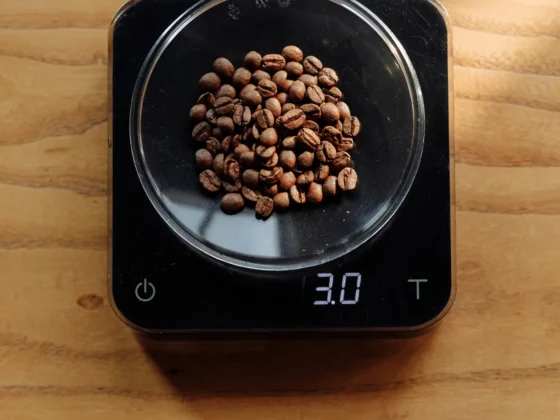The age-old debate between cappuccino and mocha continues to be a point of discussion for coffee enthusiasts around the world. While both drinks originate from the magical elixir that is espresso, their distinct preparations, flavor profiles, and caffeine contents set them apart. In this comprehensive article, we’ll journey through the unique tastes and textures of these popular coffee beverages, explore popular variations, and even delve into their health benefits and nutritional values. Whether you’re looking for a drink that aligns with your caffeine needs or simply exploring options to diversify your coffee rituals, this article aims to provide you with all the insights you need to make an informed decision.
Cappuccino vs. Mocha: Key Takeaway
- Taste and Texture: Cappuccinos offer a robust, espresso-forward taste complemented by frothy milk, while mochas provide a sweeter experience with the inclusion of chocolate syrup or powder.
- Popular Variations: Both cappuccinos and mochas have modern twists and flavored versions that cater to a wide range of taste preferences, from extra shots of espresso to the incorporation of caramel and cocoa toppings.
- Caffeine Content: While both drinks can energize you, cappuccinos generally contain slightly less caffeine than mochas. However, the actual caffeine level can vary depending on factors like the type of coffee bean used and the ratio of milk to espresso.
- Health Benefits and Nutritional Value: Cappuccinos and mochas offer more than just a caffeine boost; they also contain antioxidants and mood-boosting properties. However, considerations around caloric intake and sugar content can impact your choice, particularly if you have specific dietary needs.
- Personal Preference: The ultimate choice between cappuccino and mocha boils down to individual taste preferences and needs, whether you’re seeking a stronger caffeine hit or a sweeter, more indulgent experience.
Mocha vs. Cappuccino: History and Origin
When it comes to espresso-based drinks, the question of mocha vs cappuccino often stirs up a debate among coffee enthusiasts. While both beverages share a common base of espresso, their individual origins, ingredients, and cultural significance are notably distinct. In this section, we will trace the roots of both cappuccino and mocha and explore how they have captured the hearts of coffee drinkers around the world.
Birthplace of the Cappuccino
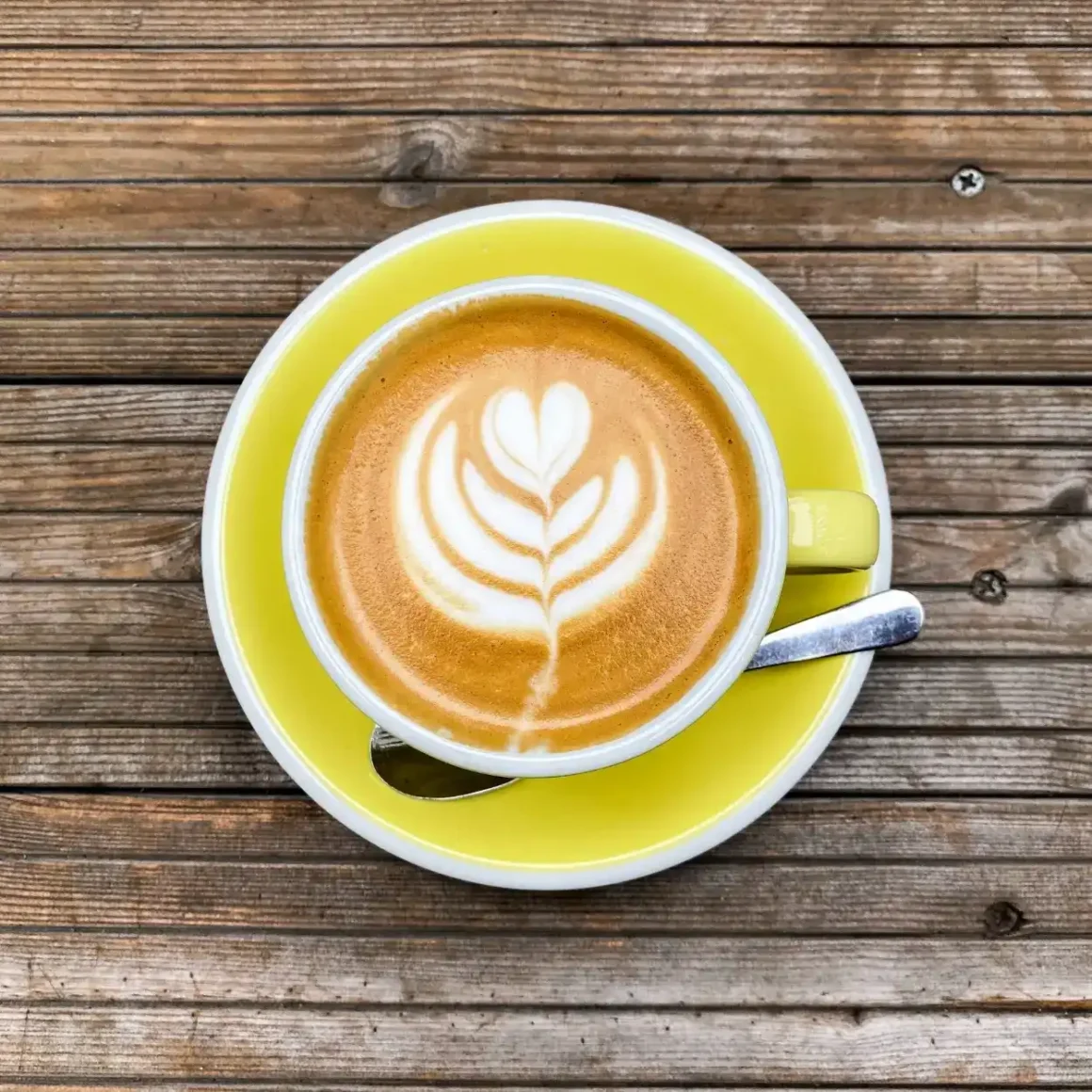
The cappuccino, a luxurious blend of frothed milk and robust espresso shots, finds its origins in Italy, particularly in the early years of the 19th century. (1)
- Italian Elite’s Beverage: This drink was initially savored by the upper echelons of Italian society, who regarded it as a creamy indulgence.
- European Adoption: It didn’t take long for the cappuccino to become a staple across Europe, celebrated for its balance of strong coffee and velvety milk.
- American Influence: The beverage eventually sailed across the Atlantic to become a favorite in the United States, specifically among the burgeoning community of coffee enthusiasts.
- Capuchin Monks Debate: While some historians argue that the name “cappuccino” was inspired by the brown robes of the Capuchin monks, this claim remains the subject of scholarly discussions.
Despite debates around its exact historical origins, cappuccino has enjoyed worldwide acclaim, particularly for its harmonious blend of espresso and milk.
Birthplace of the Cappuccino
Born in Italy, the cappuccino—a sumptuous mix of frothy milk and potent espresso—came into prominence in the early 20th century, closely following the rise of the espresso machine and first documented around the 1930s.
- Italian High Society’s Choice: Initially, this luscious drink was a luxury relished by Italy’s social elite around the 1930s, viewed as a decadent treat.
- Spread Across Europe: Shortly after its Italian inception, the cappuccino found its way into European cafes by the mid-20th century, hailed for its perfect blend of intense espresso and smooth milk.
- U.S. Coffee Aficionados: Crossing the Atlantic, the drink became a staple among the growing circle of American coffee lovers by the late 20th century.
- The Capuchin Connection: Although there’s ongoing debate among scholars, some suggest the term “cappuccino” was coined due to its color resemblance to the Capuchin monks’ brown robes, a Franciscan sect founded in the 16th century.
While its precise historical lineage may be up for discussion, the cappuccino has won global hearts for its well-balanced fusion of espresso and milk.
Mocha’s Yemeni Roots

The rich history of mocha coffee is deeply rooted in the enchanting terrains of Yemen, contrasting with beverages like the cappuccino that owes its genesis to Italy. Dive into the tale of this intriguing coffee:
- Origins in Time and Place: Mocha’s story began between the 15th and 17th centuries amidst the Yemeni mountains and valleys. Unlike its modern incarnation, the traditional mocha did not contain any chocolate. However, Yemeni coffee was occasionally known for its subtle chocolatey notes, leading to some speculations on the current chocolate-infused version. (2)
- Etymological Connection: The term “mocha” didn’t just appear out of thin air. It’s closely tied to the Yemeni port of Mokha. This port, during those historical times, was a bustling hub for coffee trade, exporting the finely cultivated beans grown in the surrounding regions.
- A Shift in Perception: By the onset of the 20th century, the term “mocha” started to evolve in its meaning. Initially synonymous with Yemeni coffee, it gradually became associated with the delightful fusion of chocolate and coffee, thanks to emerging recipes in various culinary treats that hinted at this blend.
- A Historical Recipe: Delving into the archives, one discovers a 1920 recipe for a “Chilled Mocha.” This particular concoction combined milk, coffee, and cocoa, illustrating the beginnings of the mocha as many recognize it today.
To conclude, mocha’s fascinating journey from the Yemeni hills to modern coffee cups is a testament to its unique flavor and the lasting cultural imprint of Yemen on global coffee traditions.
How They Conquered The World
Both cappuccino and mocha have ventured beyond their native lands to become popular worldwide, but their journeys have varied.
- Breakfast vs Anytime: Cappuccino has often been associated with breakfast in Western culture, while mocha serves as a versatile drink that can be enjoyed throughout the day.
- Global vs Regional Influence: Cappuccino swiftly gained a global following, especially in Europe and America. Mocha, on the other hand, has found its stronghold primarily in the Middle East.
- Misunderstood Identity: Modern blends sometimes confuse consumers, as commercial ‘mocha’ often combines mocha and espresso beans, making it taste more like a cappuccino.
- Culinary Variations: Both beverages have inspired an array of culinary derivatives, from cappuccino-flavored cakes to mocha-infused desserts.
In sum, while both beverages have spread across the globe, each has carved out its own unique space in the world of coffee, captivating aficionados with their individual histories and flavors.
Composition and Ingredients
Understanding the composition and ingredients of your coffee is crucial for tailoring your drinking experience to your personal tastes and nutritional needs. Whether you’re a cappuccino purist or a mocha enthusiast, the choice of ingredients not only affects the flavor but also the caloric and sugar content of your beverage. Below, we dive into the specific elements that define these popular coffee drinks.
The Art of Cappuccino Froth
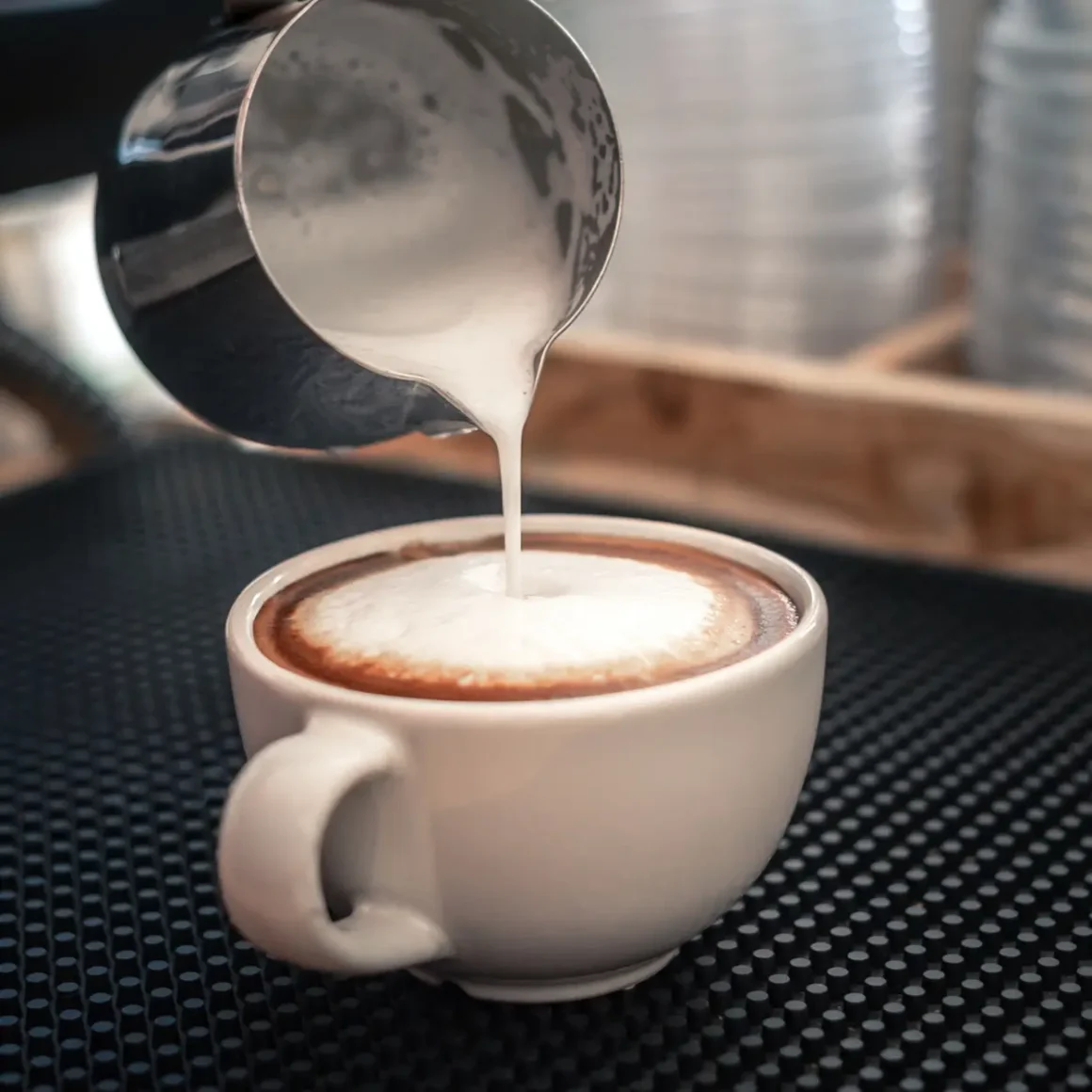
For many, the allure of a cappuccino lies in its exquisite froth: a creamy layer that sits atop the drink like a delicate cloud. Achieving the perfect froth is an art form, requiring both specialized equipment and skilled craftsmanship.
- Espresso Machine: A high-quality espresso machine is a non-negotiable element for crafting the ideal cappuccino froth. It provides the necessary steam pressure to froth the milk to velvety perfection.
- Skillful Baristas: Trained baristas are adept at tamping, shot-pulling, and milk frothing, activities crucial for producing a dense and creamy froth with minuscule bubbles.
- Steaming Technique: The method of steaming and texturizing the milk plays a pivotal role. The aim is to achieve froth that is thick yet airy, almost invisible to the eye.
- Milk Quality: Superior milk is essential. It must be fresh and ideally whole milk, as it froths better than its skim or low-fat counterparts.
In essence, a cappuccino is not merely an espresso topped with steamed milk; it is a harmonious blend where each component, especially the froth, is integral to its identity and flavor.
Mocha’s Chocolatey Essence
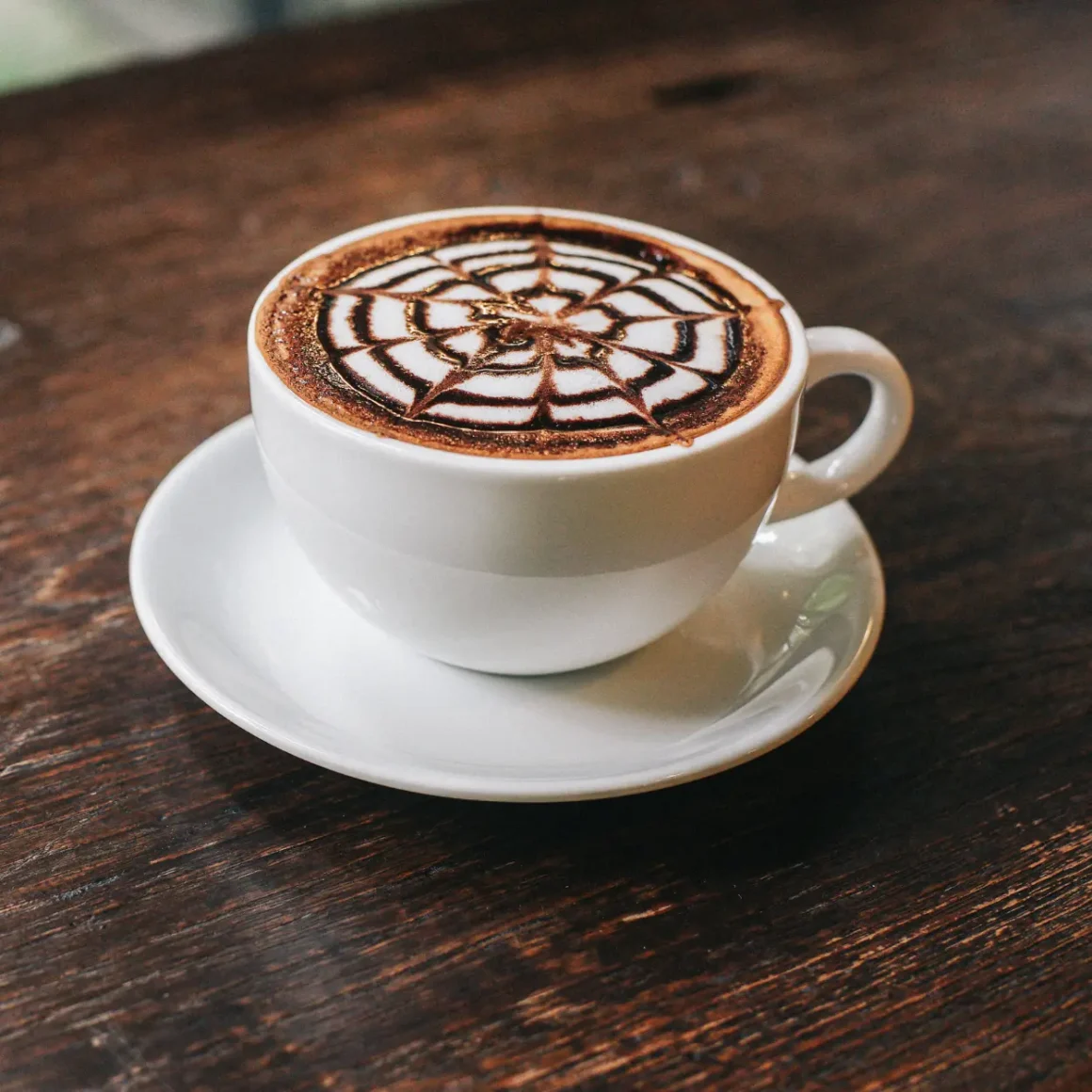
The signature trait of a mocha is its decadent chocolate flavor, harmoniously melded with coffee and milk. This chocolaty essence distinguishes mocha from other coffee beverages and adds an extra layer of complexity.
- Choice of Chocolate: The type of chocolate used—be it syrup, powder, or even real chocolate—has a considerable impact on the flavor and sugar content of the mocha.
- Texture: The chocolate ingredient contributes to a richer, creamier texture, differentiating it from the more airy texture of a cappuccino.
- Optional Add-ins: While mochas are primarily sweetened with chocolate, they can also be customized with additional flavors such as caramel or peppermint, offering a unique twist to the traditional recipe.
- Caloric Content: It’s essential to be mindful of the caloric implications when adding chocolate and optional ingredients. Generally, a mocha will have higher calories and sugar compared to a cappuccino.
In the realm of coffee beverages, mocha stands out for its unique blend of coffee and chocolate flavors, making it a go-to choice for those who seek a richer, sweeter coffee experience.
Beans and Roast Types: Core to Both Beverages
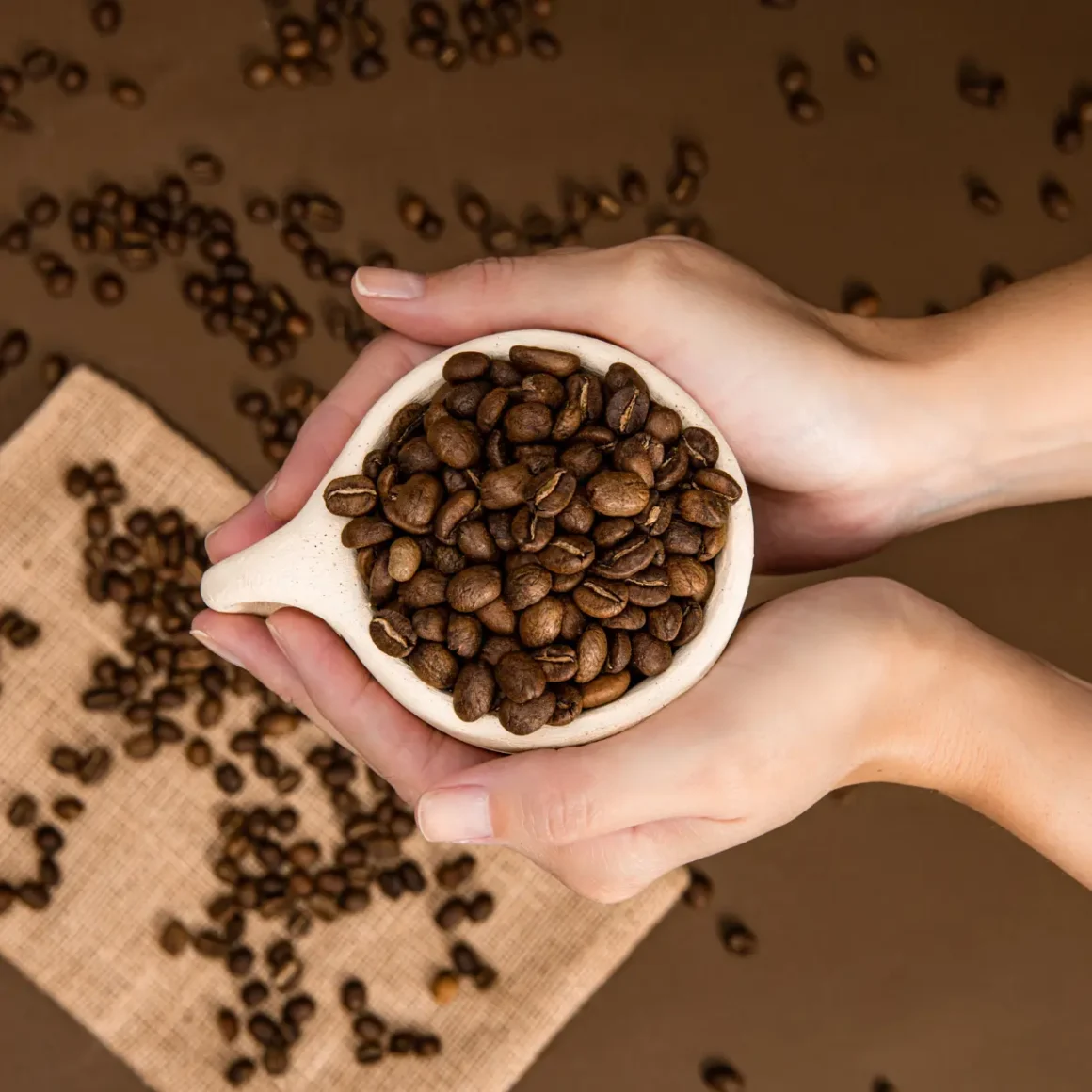
The choice of coffee beans and their roast type is the backbone of any coffee drink, including cappuccinos and mochas. This base element plays a key role in the overall aroma, flavor, and caffeine content of your cup.
- Arabica vs. Robusta: Arabica beans are often favored for their smoother, more nuanced flavors, while Robusta beans offer a stronger, more robust profile suitable for those who like a kick in their coffee.
- Roast Level: From light to dark roasts, the level of roasting affects the flavor intensity and caffeine concentration in the beverage. Lighter roasts are often more acidic with a nuanced flavor profile, while darker roasts are more bitter and robust.
- Freshness: The fresher the beans, the better the coffee. Freshly ground beans are essential for capturing the full range of flavors and aromas in both cappuccinos and mochas.
- Grinding Technique: The grind size and technique can affect the extraction process, thereby influencing the taste. For instance, a fine grind is ideal for espresso machines used in cappuccino making, while a coarser grind is generally preferred for French presses often used in making mochas.
Whether you’re savoring a cappuccino or relishing a mocha, always remember that the quality of the beans and their roast type lay the foundation for your coffee experience.
Cappuccino vs. Mocha: Taste and Texture
When it comes to choosing between a cappuccino and a mocha, the decisions often go beyond the realm of mere caffeine content. Taste and texture play pivotal roles, and understanding the unique characteristics of each can make your coffee experience truly personal. Below, we dig deep into these two distinct coffee beverages to explore their flavor profiles and mouthfeels.
Savoring the Silky Cappuccino
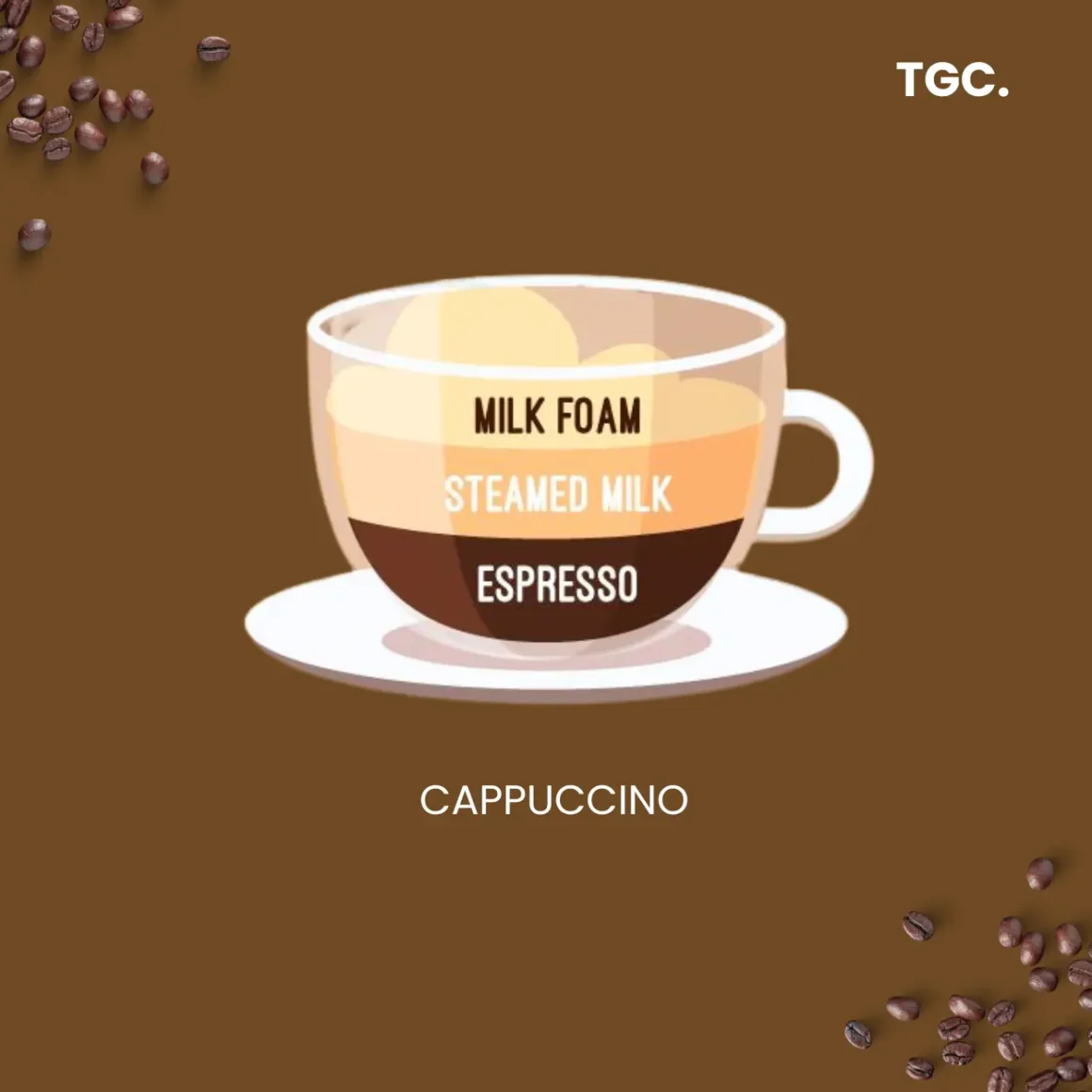
The cappuccino has long been a favorite for coffee drinkers who value a balance between boldness and creaminess. Let’s delve into its key features.
- Espresso Core: At the heart of every cappuccino is a shot or two of espresso, offering that necessary kick of intense coffee flavor.
- Steamed Milk: The addition of hot, steamed milk softens the espresso’s punch, contributing to the cappuccino’s well-rounded profile.
- Milk Froth: Capped with a light layer of milk froth, the cappuccino achieves a texture that is both velvety and airy, adding tactile pleasure to each sip.
- Temperature Dynamics: The layering in a cappuccino, from hot espresso to warm milk and then froth, creates temperature gradients that affect the mouthfeel and, subsequently, your enjoyment of the drink.
In a nutshell, a cappuccino offers a harmonious blend of strong espresso, softened by steamed milk and elevated by a frothy topping, appealing to those who crave both texture and nuanced flavor.
Mocha’s Sweet Seduction
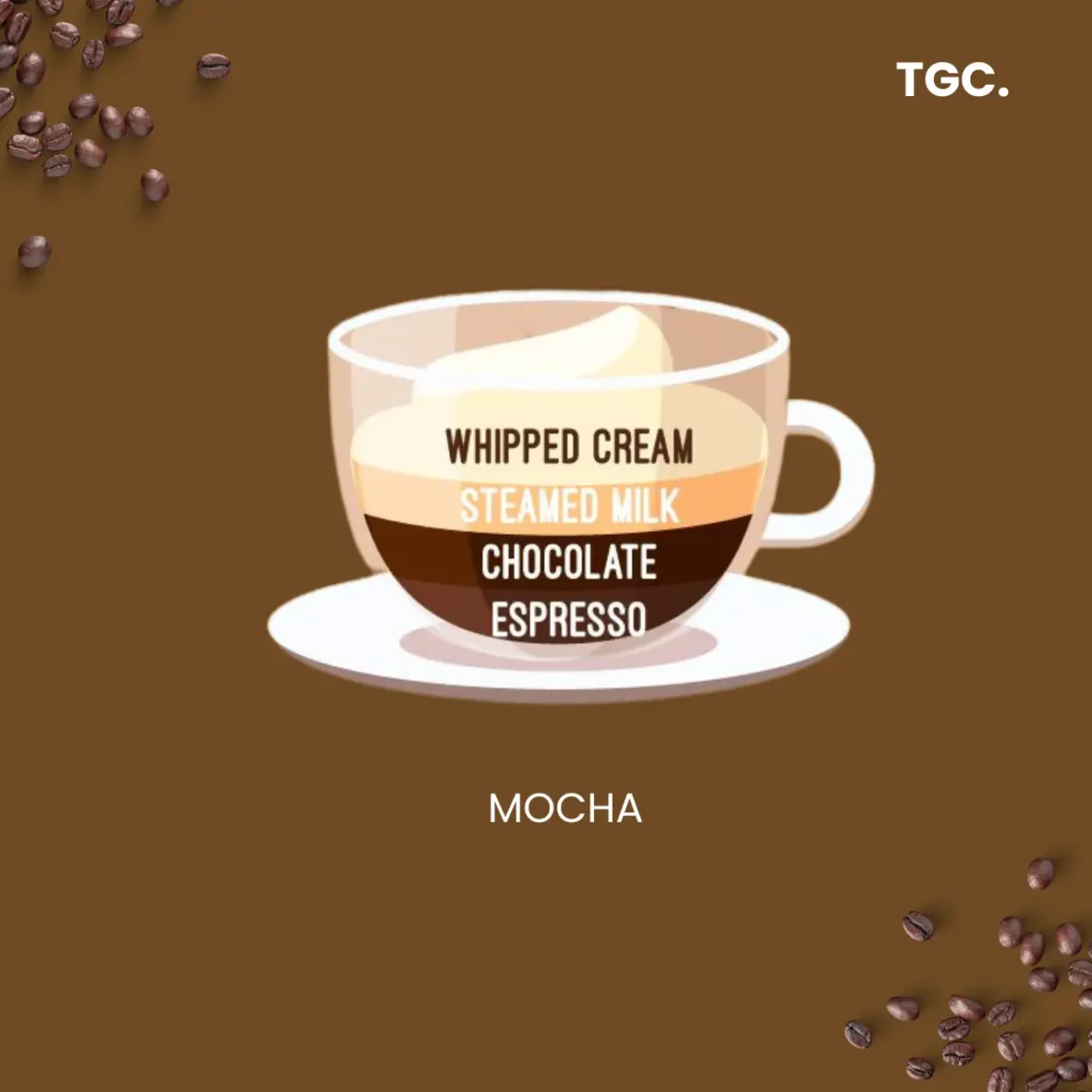
The mocha is often the go-to choice for those with a sweet tooth, offering a delightful twist to the traditional coffee brew. What sets it apart?
- Chocolate Element: Whether in the form of syrup or powder, the addition of chocolate offers a sweet counterpoint to the coffee’s bitterness.
- Creaminess: Unlike the airy froth of a cappuccino, mochas often come with a dollop of whipped cream, adding a richer, creamier texture.
- Espresso Foundation: Just like its cappuccino counterpart, the mocha has an espresso base that ensures the beverage still resonates as a coffee drink.
- Caloric Consideration: Given its sweeter ingredients, the mocha generally has more calories, which can be a factor in your choice depending on your dietary preferences.
To sum it up, a mocha serves up a sugary, creamy experience, ideal for those who prefer their coffee to be a sweet treat.
How Milk Changes the Game
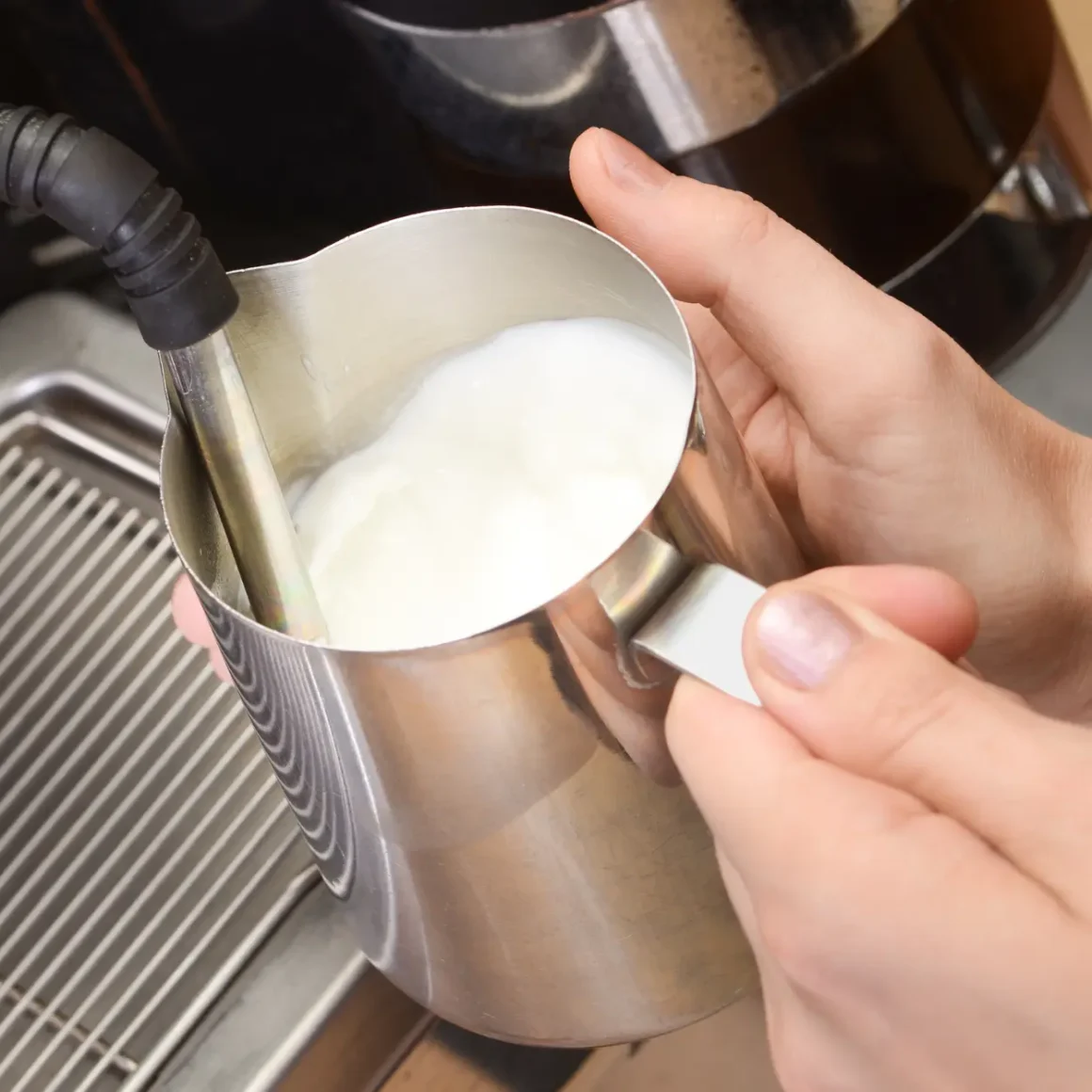
Milk’s role in coffee cannot be overstated, as it can significantly influence both flavor and texture. Let’s examine its impact.
- Steamed vs Frothed: The form of milk—whether steamed or frothed—plays a major role in the mouthfeel of the beverage. Steamed milk offers a velvety texture, while froth adds a bubbly lightness.
- Milk-to-Espresso Ratio: Varying the proportion of milk to espresso can result in dramatically different caffeine contents and flavor profiles, allowing you to customize your experience.
- Milk Alternatives: Choices like oat, almond, or soy milk can also impact taste and texture, offering lactose-free or vegan alternatives without sacrificing richness.
- Temperature: The heat level of the milk can also affect the overall experience, from the flavor release to the beverage’s soothing qualities.
The type and treatment of milk can transform your coffee drink in numerous ways, adding another layer of personalization to your coffee journey.
Popular Variations
Coffee culture is not static; it continually evolves, introducing new flavors and variations that captivate our taste buds. From modern cappuccino twists to flavored mochas and eye-catching toppings, coffee shops are consistently upping their game to offer more personalized experiences. Let’s explore some of these popular variations below.
Beyond Classic: Modern Cappuccino Twists
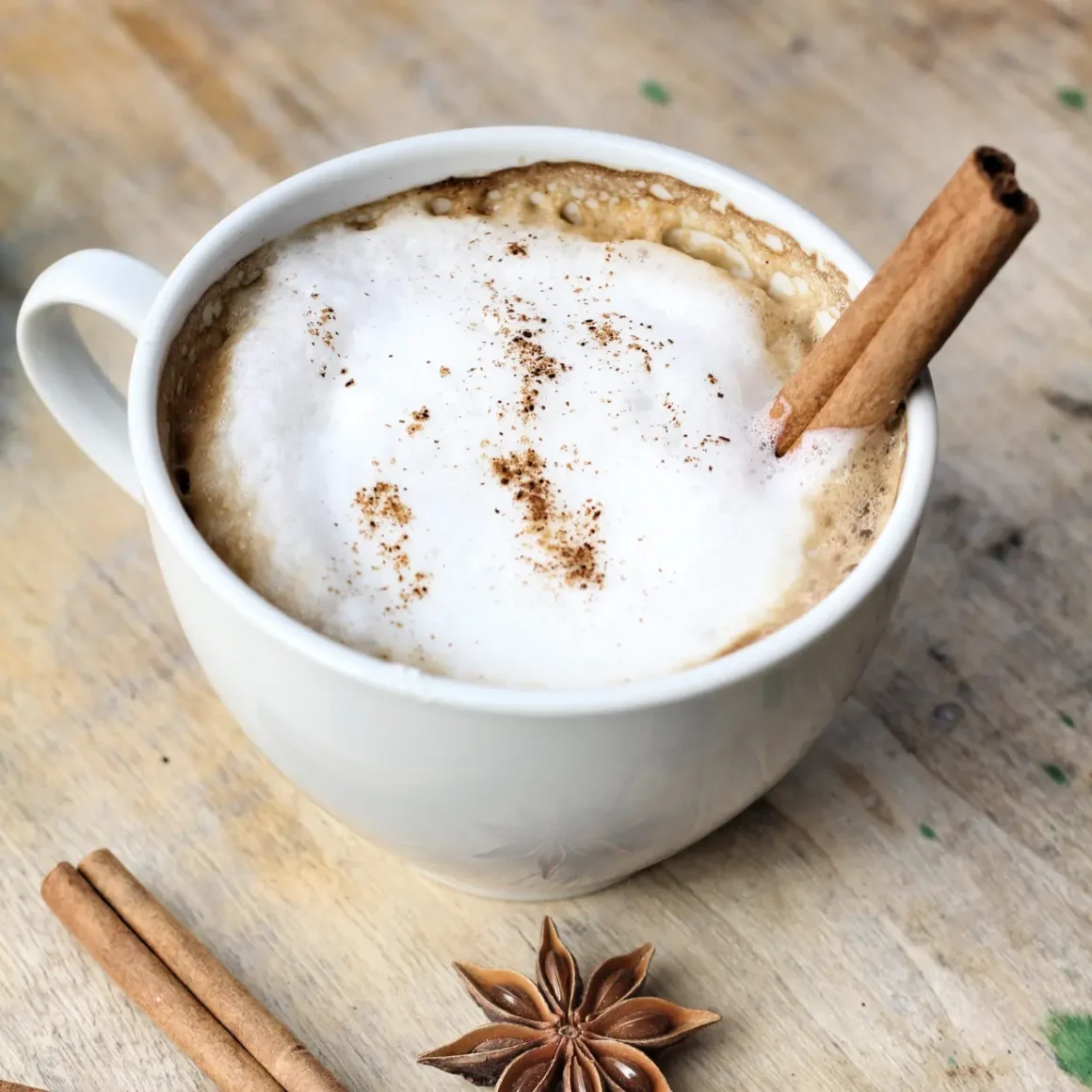
While the classic cappuccino will always hold a special place in our hearts, the wave of modern adaptations has added exciting layers of complexity to this time-honored favorite. Here are some of the ways this classic is being reinvented:
- Spiced Cappuccino: Imagine the aromatic fusion of cardamom or cinnamon with your standard cappuccino. The spices not only elevate the flavor but also offer potential health benefits.
- Nutty Notes: Almond or hazelnut-flavored cappuccinos are gaining traction, adding a nutty richness that pairs exceptionally well with the coffee’s natural bitterness.
- Fruit Infusions: Some experimental cafes are exploring the addition of fruit syrups like blueberry or raspberry, creating a fascinating contrast of flavors.
- Cold Cappuccino: Who says cappuccinos have to be hot? Cold versions are becoming increasingly popular, especially as a refreshing summer option.
In essence, modern twists on the classic cappuccino enrich the traditional profile with unexpected flavors and textures, making it more versatile than ever before.
Flavored Mochas and Global Takes
Mochas are another playground for culinary innovation, easily lending themselves to flavored twists and international interpretations. What are some standout examples?
- White Chocolate Mocha: Replacing the typical dark or milk chocolate with white chocolate adds a different kind of sweetness and creaminess.
- Mint Mocha: Combining chocolate and mint is a classic pairing, and in a mocha, it’s divine. The cool mint offsets the rich chocolate and coffee beautifully.
- Mexican Mocha: Inspired by traditional Mexican hot chocolate, this version includes a kick of spice with ingredients like cinnamon and cayenne pepper.
- Matcha Mocha: East meets West in this fusion that incorporates Japanese matcha green tea into the standard mocha, creating a visually striking and uniquely flavored brew.
In a nutshell, flavored mochas open up a world of possibilities, allowing you to travel the globe through your coffee cup.
Topping Trends: From Cocoa to Caramel
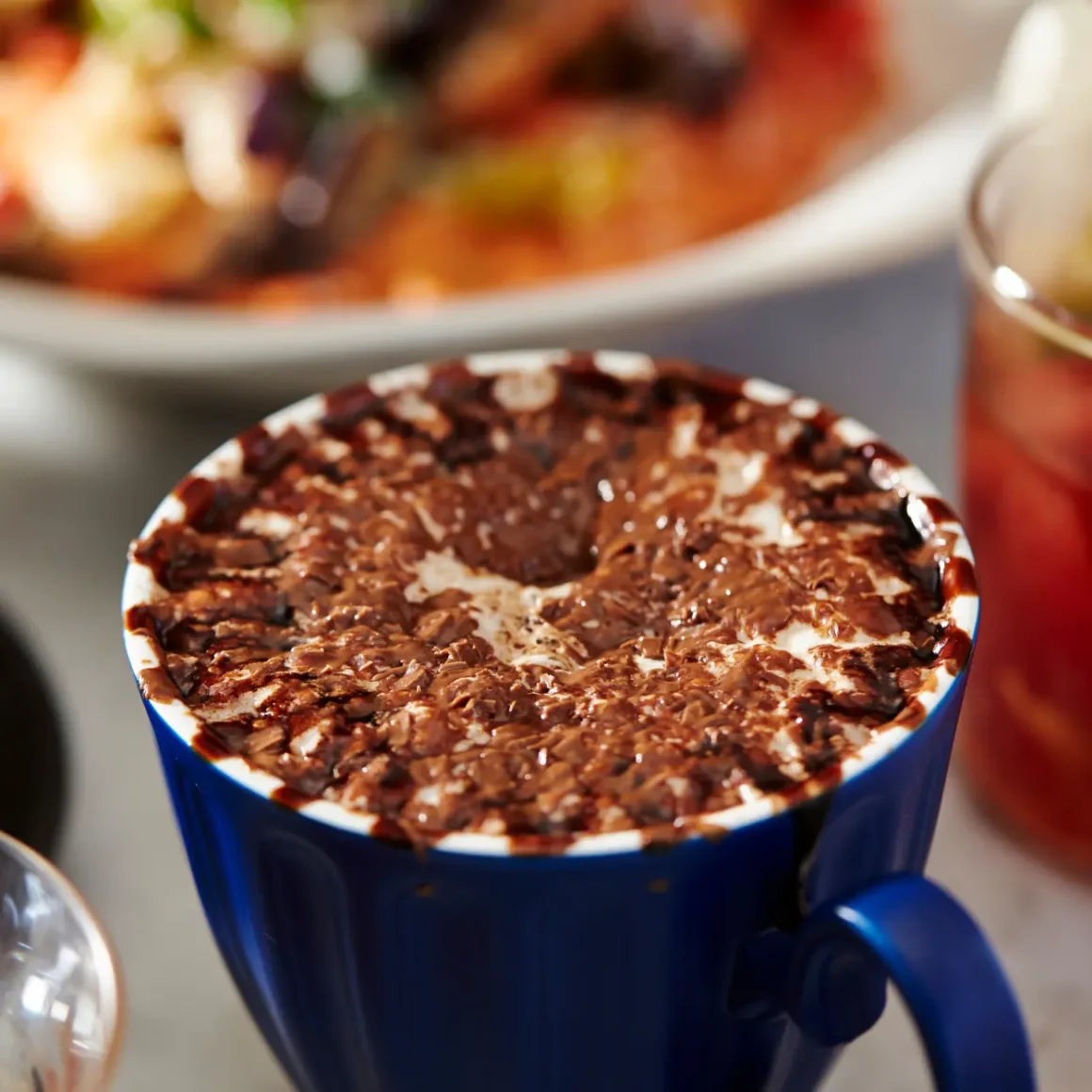
A coffee drink is often defined as much by its topping as by its base. The latest topping trends elevate the beverage from a simple coffee to a more complex treat. What are some of the topping trends we’re seeing?
- Cocoa Dusting: A light dusting of cocoa powder adds a bittersweet element, enhancing the froth of a cappuccino or the whipped cream on a mocha.
- Caramel Drizzle: Whether it’s on a cappuccino or a mocha, a swirl of caramel sauce can add a layer of sticky sweetness that many find irresistible.
- Edible Flowers: For Instagrammers, edible flowers are becoming popular, adding a burst of color and a touch of elegance.
- Artisan Sprinkles: Forget those generic sprinkles; think spices, citrus zest, or even crushed cookies to create an aesthetic and flavorful final touch.
Overall, the art of coffee topping has become as important as the brew itself, adding both visual appeal and complex flavors that make each cup a unique experience.
Health Benefits and Nutritional Value
When it comes to coffee, the focus often lands on taste, but what about the health aspects? Exploring the health benefits and nutritional value of cappuccinos and mochas can offer insights into how these popular beverages can fit into a balanced lifestyle. Below, we delve into the caffeine content, antioxidants, and dietary considerations for these much-loved drinks.
Caffeine Content Comparison
Understanding the caffeine content in these beverages is crucial for those monitoring their intake. Here’s how they measure up:
- Cappuccino: Typically, an 8-ounce cup of cappuccino contains around 80mg of caffeine. The amount can fluctuate based on the strength of the espresso shot and the milk-to-espresso ratio.
- Mocha: Generally, a standard 8-ounce mocha has approximately 125mg of caffeine, which includes the added caffeine from chocolate.
So, if you’re looking to cut down on caffeine, a cappuccino might be your best option. Conversely, if you need a stronger kick to start your day, a mocha could serve you better. The choice ultimately depends on your specific caffeine requirements and how you want to manage them.
Antioxidants and Mood Boosters
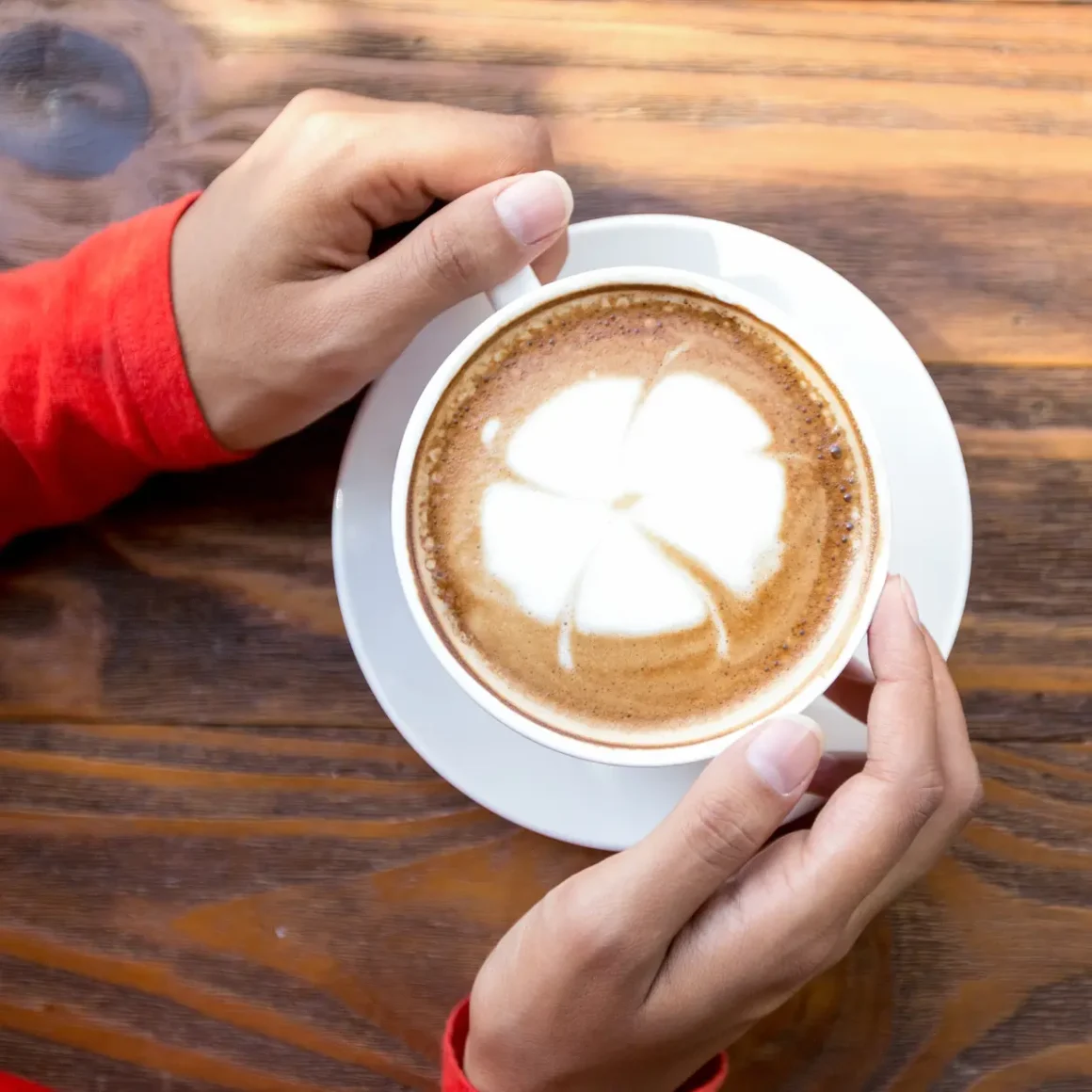
While caffeine is often the focal point, it’s important to note that coffee also provides other health benefits:
- Antioxidants: Both cappuccinos and mochas are rich in antioxidants, which help combat oxidative stress in the body.
- Serotonin Levels: The presence of small amounts of certain amino acids in coffee can potentially boost serotonin levels, positively affecting your mood.
- Endorphin Release: The act of drinking coffee itself can trigger the release of endorphins, contributing to a sense of well-being.
Both beverages offer more than just a caffeine boost; they contribute antioxidants and elements that can potentially elevate your mood.
Caloric Intake and Dietary Considerations
If you’re watching your weight or have specific dietary needs, you’ll want to consider the following:
- Cappuccino: Generally lower in calories, especially if you opt for skim or almond milk. It usually falls in the 100-150 calorie range for an 8-ounce cup.
- Mocha: Given the added chocolate and the potential for whipped cream, an 8-ounce mocha can range from 200-400 calories, depending on the customization.
- Sugar Content: Mochas usually have a higher sugar content due to the chocolate, while cappuccinos are naturally lower in sugar unless sweetened.
- Dairy Alternatives: Both drinks can be made with dairy alternatives like oat, almond, or soy milk for those who are lactose intolerant or prefer plant-based options.
In the grand scheme of cappuccino vs mocha, your choice can have implications for caloric intake and specific nutritional needs. Being aware of these factors will enable you to make a more informed decision that aligns with your health goals.
Cappuccino vs. Mocha: Conclusion
As we wrap up this exploration into the unique realms of cappuccino and mocha, it’s clear that both coffee options offer something special to cater to diverse palates and caffeine requirements. We’ve broken down their contrasting taste profiles, popular twists, and even examined their health implications to provide you with a well-rounded understanding. Whether it’s the robust intensity of a cappuccino that captivates you or the sweeter allure of a mocha that tempts your taste buds, your perfect cup of coffee awaits. At the end of the day, the ideal choice between these two classic coffee beverages boils down to personal preference and specific needs. Here’s to enrich your coffee journey with the knowledge to make that choice more flavorful, healthy, and satisfying!
FAQ
Which has more caffeine: mocha or cappuccino?
Generally, a mocha contains more caffeine than a cappuccino, although the levels can vary based on recipe variations.
How has the popularity of cappuccino evolved over the years?
Cappuccinos have remained consistently popular but have seen a variety of modern twists, such as flavored syrups and different types of milk, to keep up with consumer preferences.
What's the traditional way to make a mocha?
A traditional mocha is made by blending espresso with chocolate syrup or powder, and steamed milk, and is often topped with whipped cream.
Are there any dairy-free alternatives for both cappuccino and mocha?
Yes, both drinks can be made dairy-free by substituting the milk with plant-based alternatives like almond, soy, or oat milk.







